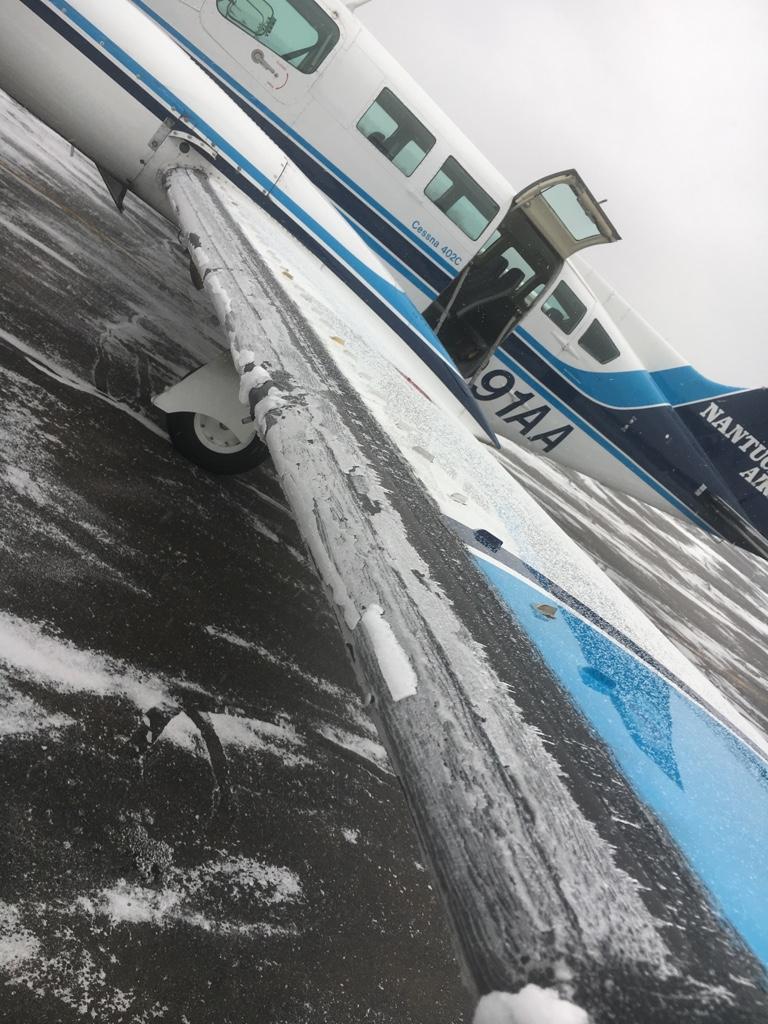CharlieD3
En-Route
This was interesting...
https://www.avweb.com/ownership/sho...A7fKjb5MoPKyVGgPa6UbGrKPQiX_DST-5LD05hA13tY5k
https://www.avweb.com/ownership/sho...A7fKjb5MoPKyVGgPa6UbGrKPQiX_DST-5LD05hA13tY5k
They don’t address the reason why shock cooling can be bad. And shock heating is not the same as shock cooling.
While I think shock cooling for NA engines is a myth, but turbos on the other hand...I can imagine it could be a problem. And the difficulty in knowing whether shock cooling could have caused the problem is the problem might not be discovered until many flights later.

Why would a turbo be different?They don’t address the reason why shock cooling can be bad. And shock heating is not the same as shock cooling.
While I think shock cooling for NA engines is a myth, but turbos on the other hand...I can imagine it could be a problem. And the difficulty in knowing whether shock cooling could have caused the problem is the problem might not be discovered until many flights later.
Why would a turbo be different?
But how often did they need to replace the cylinders?I flew TSIO540VBs for a couple of years as a Cape Air captain (turbines now)
We ran those engines 2700 hours before overhaul and worked em silly hard and slam dunked em all the time. They flew in ridiculous wx hot and cold. They were just fine...
But how often did they need to replace the cylinders?
This is only a cylinder problem.
In the old days, they used to assemble cylinders by hand. I wonder if this problem was confined to certain engine manufacturer or certain engines.Very rare. Only heard of one cyl prob ever (cracked valve)... Those planes prob averaged 5 hours a flying a day 365 days a year...
I will grant you that, but my question comes in the fact that CHT doesn't really change. Most airplanes, even with the turbo, easily sit on the 350 to 400 range.Because a turbo doesn’t lose power as it climbs, and generally fly higher, in the light levels were the air is much cooler. So bigger delta between cooling air/rain and hot cylinders.

If descending into very cold rain, I wonder how quickly the heads can cool?I will grant you that, but my question comes in the fact that CHT doesn't really change. Most airplanes, even with the turbo, easily sit on the 350 to 400 range.
Is it possible, even in the flight levels, to be able to cool the cylinders faster than the 50° per minute? Does it cool off faster once you shut the engine down? What about if you shut the engine down and it's negative 30 outside?
I know there are some empirical data with the TLS's and cracked cylinders, but I believe that was the IO 360 in the TLS and it had other problems.
I'm all for treating my engine well, and I do ease the power back simply because I think it's easier on a motor and mechanical things not to make rapid changes, but color me skeptical about the ability to do damage by pulling power even in cold temperatures.
Hmmm.....hey Nate, put some more Orville's on for me........
BTW, rapid heating on takeoff isn’t a problem because the cylinder is heating up evenly.
I flew TSIO540VBs for a couple of years as a Cape Air captain (turbines now)
We ran those engines 2700 hours before overhaul and worked em silly hard and slam dunked em all the time. They flew in ridiculous wx hot and cold. They were just fine...

Sent from my iPhone using Tapatalk
Loved the PA-31! Ahhh... Memories of Airpac, trying to kill myself in the weather over the mountains every night, for $8.50/hrLikewise, when I flew the PA31 at Ameriflight, we ran the crap out of them.
